There is just something about a sharp pencil. It feels great. Somehow it helps us think clearly and opens up a world of possibilities in our creativity. The act of sharpening a pencil is satisfying and, in a way, foreshadows that creative process – beginning with a dull, directionless object and brings it to a sharp focus.
Digital devices are taking a more central role in education today, both in traditional schools as well as home school settings. Online learning, word processing, and research on the web are all essential. But we have found our kids’ imaginations blossom when they physically put pencil to paper and see their own thoughts spelled out before them.
Our son, Addison, has a mind that is tuned for math and science problem-solving. But sometimes, his thoughts seem to be in a log jam. We have noticed him reboot after he completes a hand-written creative writing project. It is fun to watch his process: pick a nice pencil, spend time sharpening it, and finally meticulous quality control. When he has a needlepoint on his pencil, he is ready to write.
As an entrepreneur, my creative process is similar to Addison’s. I have a favorite model of notebook for crafting my ideas and taking notes. And over the holidays I began researching old-school pencils and ways to sharpen them. I know it sounds like a shallow topic, but trust me it is a deep rabbit hole. Okay, I’m a nerd. Matured Japanese graphite vs European, over 20 hardness levels to choose from, and high-end pencil subscriptions. Did you know a Blackwing 602 pencil once sold for over $100?! I’ll leave you to exploring that on your own.
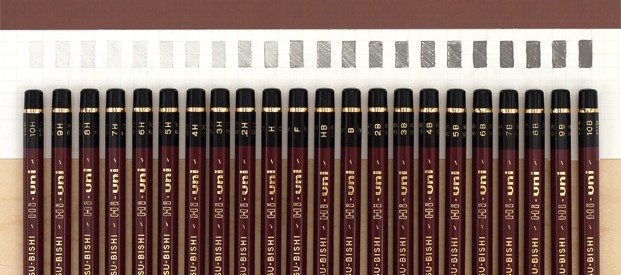
Our family loves pencils and sharpeners. Knowing this, the kind people over at Classroom Friendly Supplies (https://www.classroomfriendlysupplies.com/) sent us a world-class pencil sharpener to review. As we have several sharpeners in our house, I can provide a side-by-side comparison. We have a Bostitch Metal Antimicrobial Manual Pencil Sharpener that has traveled with us from house to house. Since it is wall-mounted in our “school room,” it has been the go-to sharpener. We also recently got a German-engineered two-step long point sharpener that produces a steep angle point, but long like a shallow sharp point. You will see what I mean in a minute.

In preparation, I emptied the Bostich only to discover that I am the only one who does so. I spent at least five minutes cleaning the shavings out of the gears. The new Classroom Friendly sharpener has a clear plastic tray so users can see when it is full. That may solve my problem.
The Classroom Friendly Sharpener is a tank, but a pretty tank that comes in your choice of seven colors (we chose blue). The main body is metal, with the knobs and levers made of sturdy plastic. They sell replacement parts, so it makes sense. They intend for it to last – a nice change of pace in this disposable age. A simple clamp mechanism allows it to be attached to a tabletop. We switched from my desk to a table because the edge of the desk didn’t offer enough clearance for the clamp to secure. They offer a permanent mounting option as an upgrade that screws into the work surface. Perhaps another version could be engeinnered for wall mounting, something like a similarly designed large L-bracket. For now, clamping or permanently mounting to a horizontal surface is the only option.

Most sharpeners, like our Bostich, make you hold your pencil in line with the sharpener to get an even point without breaking it in the process. The Classroom Friendly Sharpener has a mechanism that does this for you. Pull out the chrome piece, squeeze the clamping lever at the top and insert the pencil until it stops, then hands-off. This mechanism does double duty, putting precisely the right amount of pressure to sharpen to a point as you turn the crank. Like other sharpeners, you can feel when the sharpening is complete. The result is a perfectly sharp pencil every time!
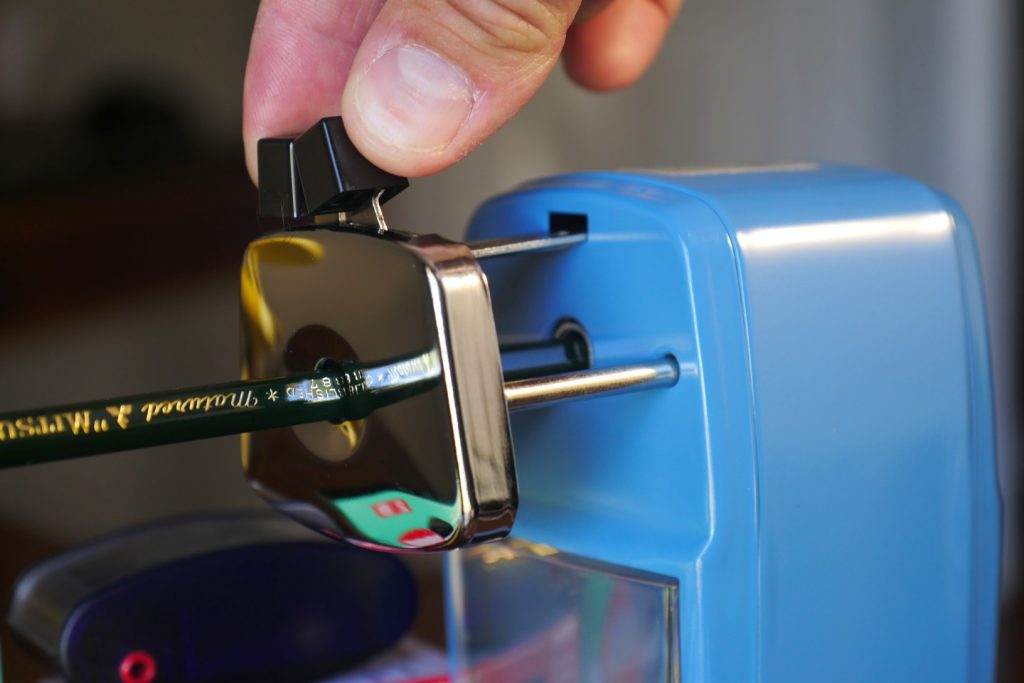
So how does do the pencils compare? For our tests, we used a couple Dixon Ticonderoga “#2” HB pencils, and a few slightly softer Mitsubishi 9800 2B office pencils. As a side note, the Mitsubishi is my favorite because it writes darker, feels fast, and doesn’t have an eraser. When I write creatively, I shouldn’t have to stop to erase.
The Dixons were sharpened with the Classroom Friendly Sharpener and the Bostich wall sharpener. The Mitsubishis were sharpened on both of these as well, but additionally, the German two-step long point sharpener.
In both cases, the Classroom Friendly Sharpener had a longer, tapered angle and an extremely sharp point (top in both photos). The Bostich gave a steeper angle and less exposed graphite (second in both images). The bottom pencil of the Mitsubishi pencils shows a long point, which produces the steeper angle while exposing more graphite, offering a sturdier point that lasts longer between sharpening.
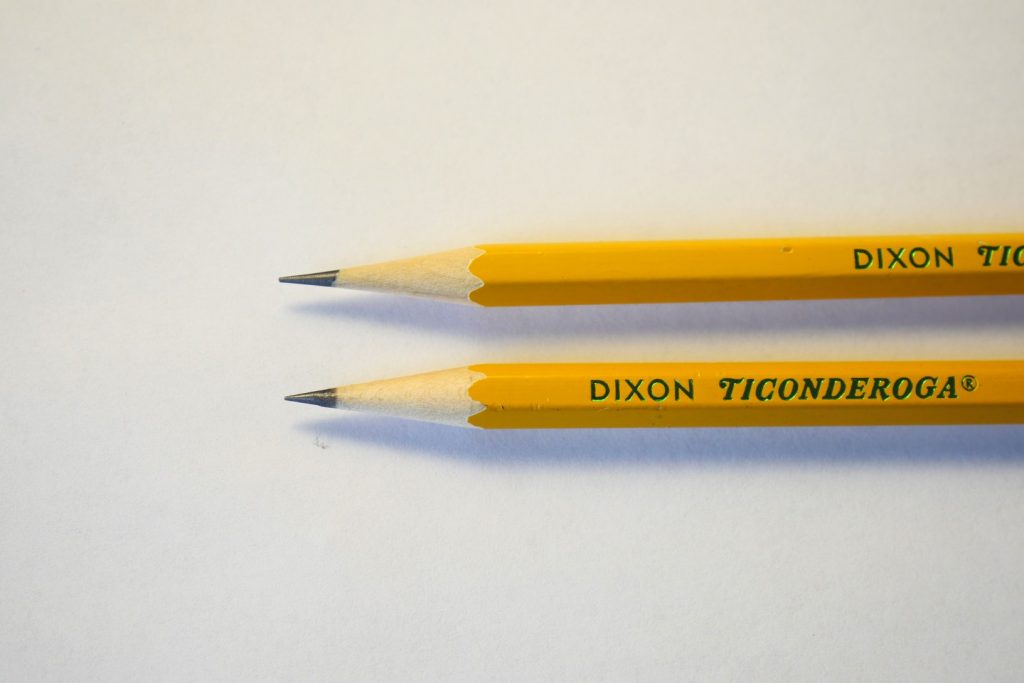
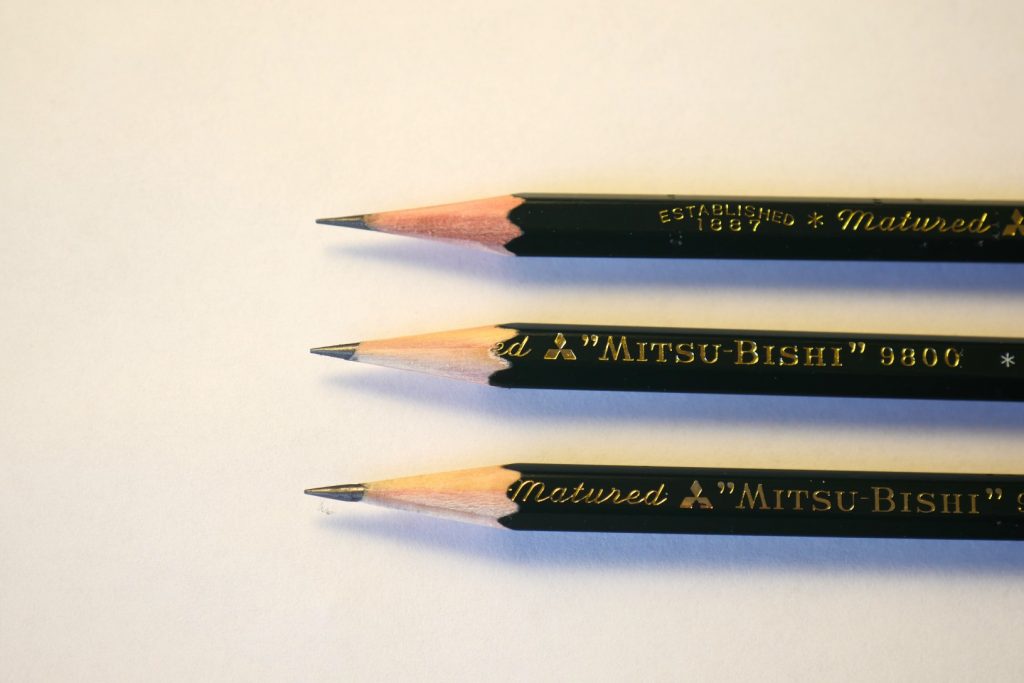
While the two-step long point is superior, it takes a long time to get it right on the tiny German-engineered sharpener. Honestly, this long point sharpener only comes out when I need to relax and think, as it takes practice and becomes more of an event. It’s funny that they call it an “Automatic Long Point” sharpener, because it is definitely the most manual process I’ve ever seen. We’re talking a good two to three minutes to finish sharpening your pencil!
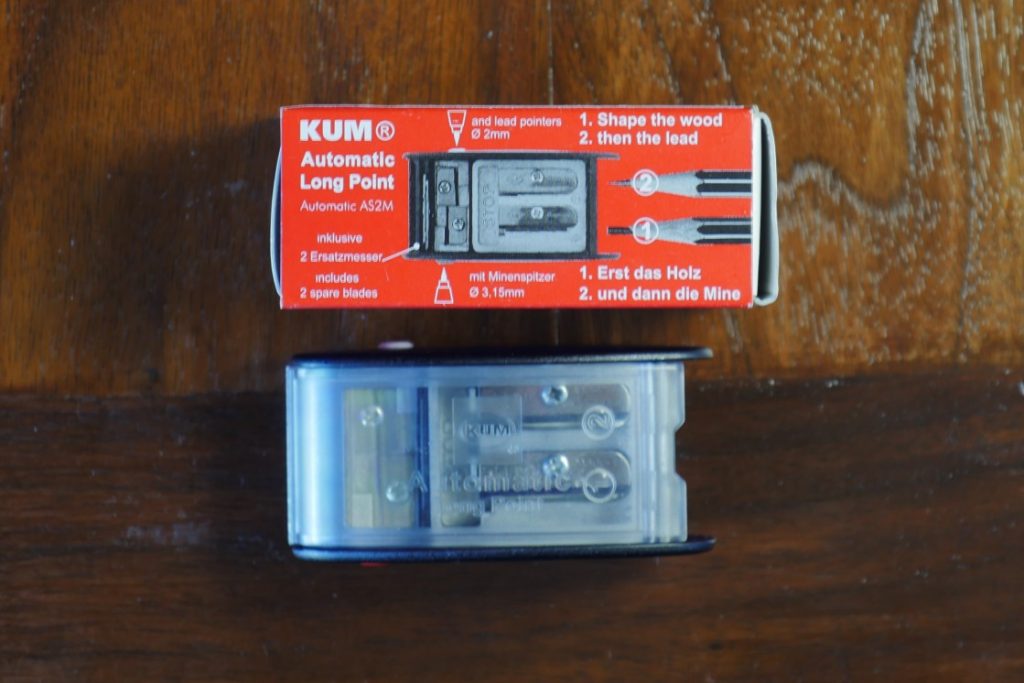
Because the Bostich requires the user to keep the pencil centered, it lacks consistency. The Classroom Friendly Sharpener clearly wins here, as every pencil I threw at it came out centered, even and sharp. The auto-advance mechanism makes for a fun and tactile experience, where you can feel the machinery working your pencil to perfection. Plus, I’m hoping the clear shaving tray helps remind others in my house to clean it more frequently. Again, it would be nice to have a wall mounting option, but we quickly found it a home.
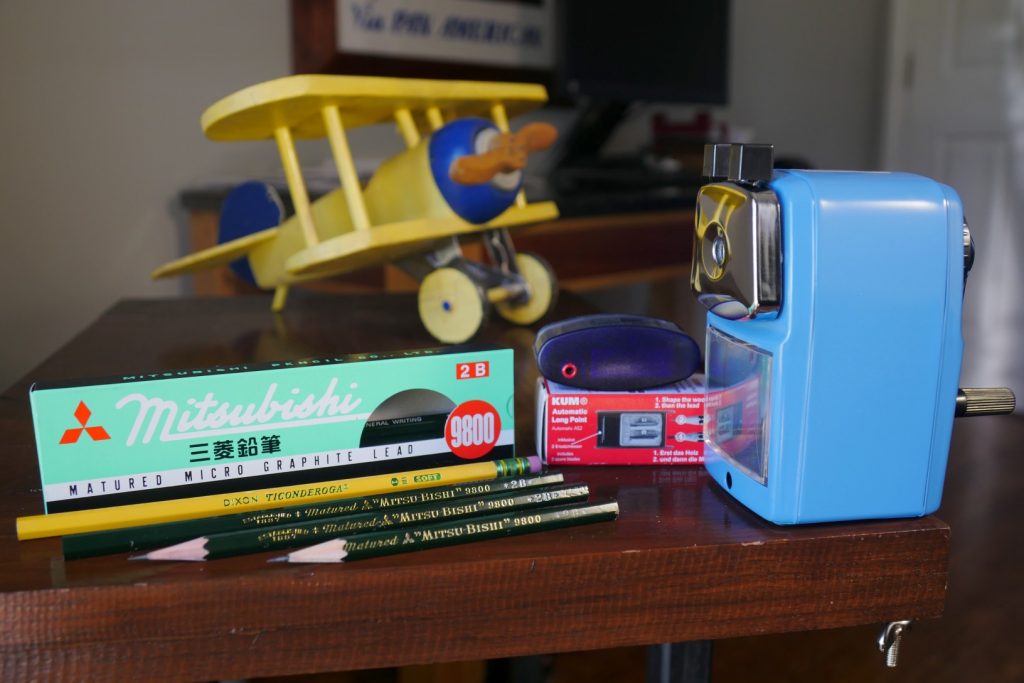
So peel yourself away from your computer. Get a sharpener and some pencils, and bring them to the perfect point. Crack open your notebook and let your creativity start to flow. After all, most great things start with a pencil and some paper.
Thanks to Classroom Friendly Supplies for the sharpener. Be sure to grab one for yourself at https://store.classroomfriendlysupplies.com/ and amp up your creativity with a pencil. A portion of every sharpener purchase at Classroom Friendly Supplies goes to build schools in developing countries through Pencils of Promise (https://pencilsofpromise.org/), another excellent organization you should check out.










One of the meanings of ‘automatic’ (given by Merriam-Webster) is ‘done or produced as if by machine: MECHANICAL’. So, the set-up of the device is done manually, but the functioning of the device is automatic (that is, mechanical). You need to distinguish between the set-up and the actual operation, just as you need to distinguish between overhead costs and operating expenses.